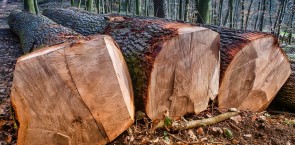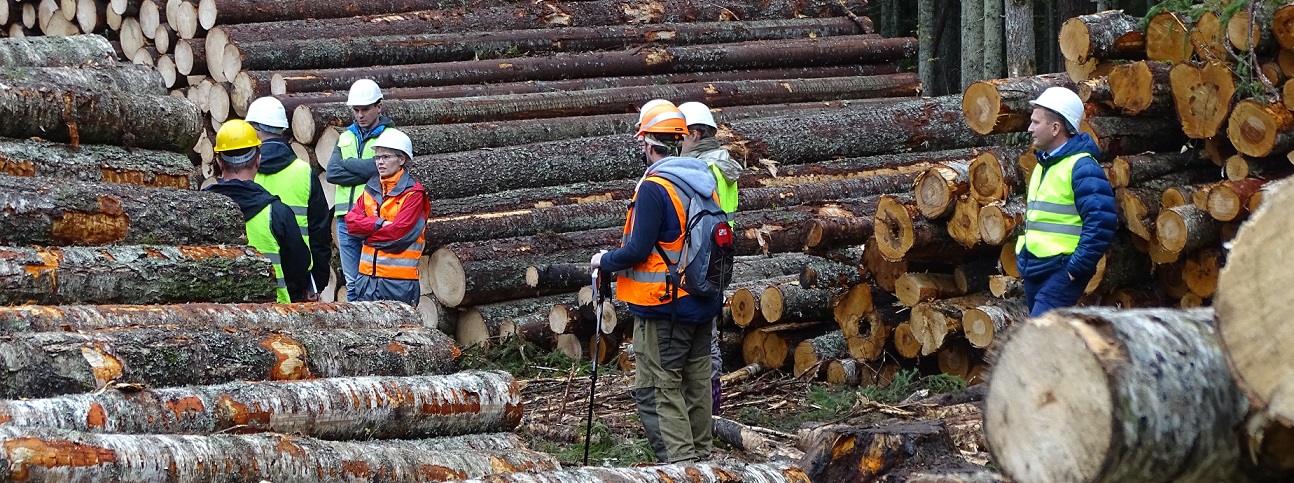
The FSC Controlled Wood standard has been significantly revised and strengthened. All Controlled Wood-certified organisations have to be re-audited to the new standard by 1 July 2017. NEPCon is among the first organisations to be approved to audit against this new standard. The first part of the audit we did was of Stora Enso Wood Supply Russia – we started in September and will continue with the second part of the assessment in December.
Read this if: You are interested in Controlled Wood. The Forest Stewardship CouncilTM (FSCTM) has updated its Controlled Wood standard. If you’re an organisation that’s certified for Controlled Wood, you will need to be re-audited by July 2017.
Take home message: If you’re a company that sources timber from high risk areas and don’t think you’d be able to influence the actions of your suppliers, you will likely struggle to meet the new Controlled Wood standard.
Box: What is Controlled Wood?Controlled Wood is material that can be mixed with certified material in products that carry the FSC Mix label. It’s a way of ensuring that any wood that’s mixed with FSC wood meets minimum standards. Wood can be considered as Controlled Wood if:
|
Stora Enso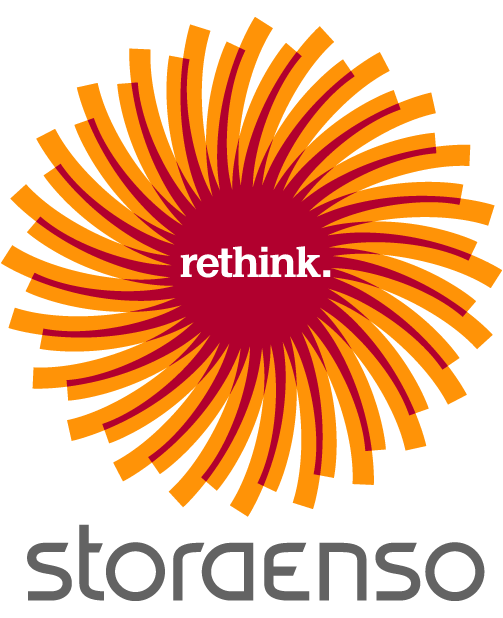 Stora Enso
Stora Enso
is a leading provider of packaging, bio-materials, wood and paper. They’ve got 26,000 employees in more than 35 countries, and are listed on the Helsinki and Stockholm stock exchanges. Stora Enso Wood Supply Russia is a wood procurement unit that mainly sources pulp wood for the company’s pulp mill in Finland. They source from about 150 suppliers, including their own harvesting companies, external logging companies and timber traders.
The company has had experience working with due diligence systems for timber they source from Russia since the 1990s and has been a key promoter of forest certification in Russia. Indeed, the due diligence requirements introduced by the new Controlled Wood standard have many similarities to the company’s existing systems. That meant that Stora Enso did not have to create a due diligence system from scratch.
Box: What does the new Controlled Wood standard require companies to do?If you want to get or keep a Controlled Wood certificate, you need to:
While these three steps may sound simple in theory, the reality is much more complicated! |
What did the three Controlled Wood requirements mean for Stora Enso?
Knowing where all the wood Stora Enso uses comes from
Stora Enso’s existing systems were already built to trace their wood supply back to the harvesting site. They require all their roundwood suppliers to provide information on the harvesting site before they agree to purchase from them. It was therefore relatively easy for Stora Enso to meet this requirement.
Evaluating the risk that Stora Enso sources unacceptable wood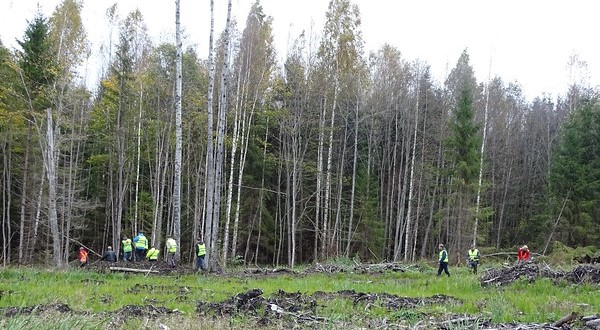
The Controlled Wood standard is based on the assumption that FSC would have published country-specific risk assessments that allow companies to know whether they are sourcing from a low or ‘specified’ (i.e. high) risk area. However, this process has not yet been completed.
In situations like this, a company is expected to follow the risk assessment prepared by FSC for the old version of the standard. This was challenging for us to do! It created uncertainties and meant that we had to interpret how best to apply the new standard. Imagine how hard it is, for example, to assemble some IKEA furniture using instructions for an old model.
When sourcing from high risk countries such as Russia, the two categories of unacceptable wood that are likely to present companies with the biggest challenges are category 1, on the need to avoid illegally-sourced wood and category 3, on the need to avoid sourcing from forests where high conservation values are threatened. For both of these categories FSC developed the existing risk assessment using a much narrower scope than will be used in the new standard. For example, in order to meet the legality standard, the existing risk assessment focuses on avoiding stolen wood, but does not cover other types of legislation such as harvesting laws, environmental laws or labour laws.
We consulted with FSC, stakeholders and others to determine how to interpret the new standard using old risk assessment. To be frank, some of the questions are still up in the air. There is an urgent need for FSC to prepare the new risk assessments for all countries where the risk of sourcing unacceptable wood is high
Taking action to mitigate the risk of Stora Enso using unacceptable wood
It is hard to establish control measures to address trisks when the risks themselves are not clear because of a lack of an up-to-date risk assessment. Stora Enso chose to take a precautionary approach using a strict interpretation of the requirements. In fact, Stora Enso’s due diligence systems (their Supplier Code of Conduct) which can be viewed online here often go beyond what is required by the new Controlled Wood standard.
As a wood procurement unit Stora Enso Wood Supply Russia does not have direct control over other companies’ harvesting operations. Meeting the new standard requires the company to ensure that all 150 of its suppliers never supply them with unacceptable wood. Stora Enso does this by:
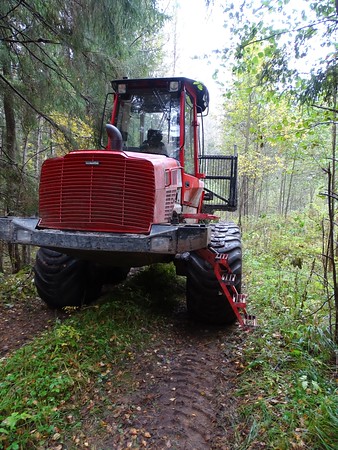 Checking the legal registration of the supplier companies
Checking the legal registration of the supplier companies - Checking whether suppliers are registered as having broken any rules, such as payment of fees, by checking documents from companies along the whole supply chain.
- Drawing up legally-binding agreements with suppliers along the whole supply chain, committing them to follow requirements and allow audits by Stora Enso and third parties.
- Using a computerised database to keep track of information on the origin of wood.
- Conducting training and capacity building of their own staff and of suppliers.
- Carrying out their own audits of their contract holders (both in the office and the field) along the whole of their supply chain. The audits are carried out according to the Controlled Wood standards and according to Stora Enso’s own Supplier Code of Conduct.
- Carrying out internal audits to maintain and improve their due diligence system.
- Consulting stakeholders such as NGOs, local administration and forest authorities.
Stora Enso is helped by the fact that their suppliers are used to them being a demanding customer, as they have implemented a due diligence system for many years.
The ways in which Stora Enso keeps control over its suppliers include by:
- Keeping its supply chains as short as possible. The longer the supply chains are between the forest and a certified organisation, the more complex it is to establish effective control measures. Stora Enso mostly sources directly from concession holders or, in a few cases, from roundwood traders.
- Having local wood procurement offices in different regions – being local enablers them to have a better overview of their suppliers.
- Working with WWF Russia on a project to help more suppliers in Russia get certified. Helping other companies get certified helps Stora Enso source acceptable wood and therefore mitigate their own risks as well as promote forest certification in Russia.
The evaluation process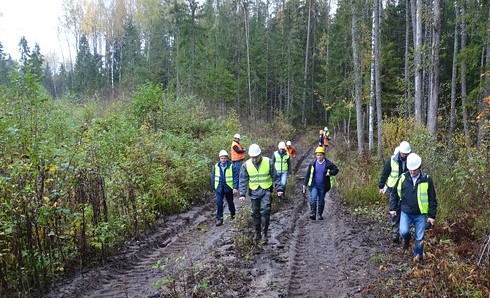
We started Stora Enso’s audit in spring with a pre-assessment carried out at their office in St. Petersburg. We used the meeting to evaluate their readiness for a full assessment and to identify areas in the system that needed improvement. We also used the time to work out how to manage the situation caused by the lack of up-to-date risk assessments for Russia.
Stora Enso then worked on improving their due diligence system in consultation with stakeholders. This included training their staff and preparing a public summary of their due diligence system (i.e. the risks they identified of sourcing unacceptable wood and the control measures they proposed to mitigate those risks).
The new standard requires certification bodies to carry out a public consultation on the organisation’s activities six weeks before the main assessment. The idea of the consultation is to allow others to comment if they know of any reason why the company should not have a Controlled Wood certificate. We identified approximately 200 stakeholders in Russia and notified them to ask for comments. In Stora Enso’s case, none of these stakeholders had anything negative to say about the company or their proposed due diligence system.
We then started the first part of our main assessment of the company - at their office in St Petersburg, two of their suppliers’ offices and in the forests in the regions of Leningrad and Pskov. We continued the public consultation process by visiting local administration offices and forest management authorities. We will continue the audit in December, in the Karelia region.
Given that this was the first audit carried out under the revised Controlled Wood standard, two additional organisations attended the main audit. FSC Russia attended in order to get feedback on the Controlled Wood standard and Accreditation Service International took part in order to evaluate whether our audit was itself in accordance with the FSC accreditation standard.
Key lessons learned
|
|
|
|
|
|
|
|
|
|
|
|
 |
|
 |
|
 |
|
In conclusion, the new FSC Controlled Wood standard is significantly tougher to meet than the old version. It sets the bar higher regarding illegally-sourced wood, wood harvested in contravention of civil and traditional rights and wood from forests with a high conservation value. As a result, in high risk areas, it is likely that only organisations that have enough purchasing power to be able to influence supplier behaviour will be able to meet the new standard.
> View our Position Paper "How FSC could improve the new Controlled Wood Standard"

 Take action to mitigate the risk that you have sourced unacceptable wood. For each risk indicator evaluated as a ‘specified risk’ (previously known as an ’unspecified risk’), you must implement control measures to mitigate that risk – actions that are similar to the EU Timber Regulation’s ‘risk mitigation’ actions. For example, if a risk has been identified that a forest operation does not have a legally-required forest management plan before harvesting, a control measure could be to verify that the forest operation has prepared the plan. If a risk is identified that unacceptable wood may get mixed with your Controlled Wood, you must mitigate this risk.
Take action to mitigate the risk that you have sourced unacceptable wood. For each risk indicator evaluated as a ‘specified risk’ (previously known as an ’unspecified risk’), you must implement control measures to mitigate that risk – actions that are similar to the EU Timber Regulation’s ‘risk mitigation’ actions. For example, if a risk has been identified that a forest operation does not have a legally-required forest management plan before harvesting, a control measure could be to verify that the forest operation has prepared the plan. If a risk is identified that unacceptable wood may get mixed with your Controlled Wood, you must mitigate this risk.



